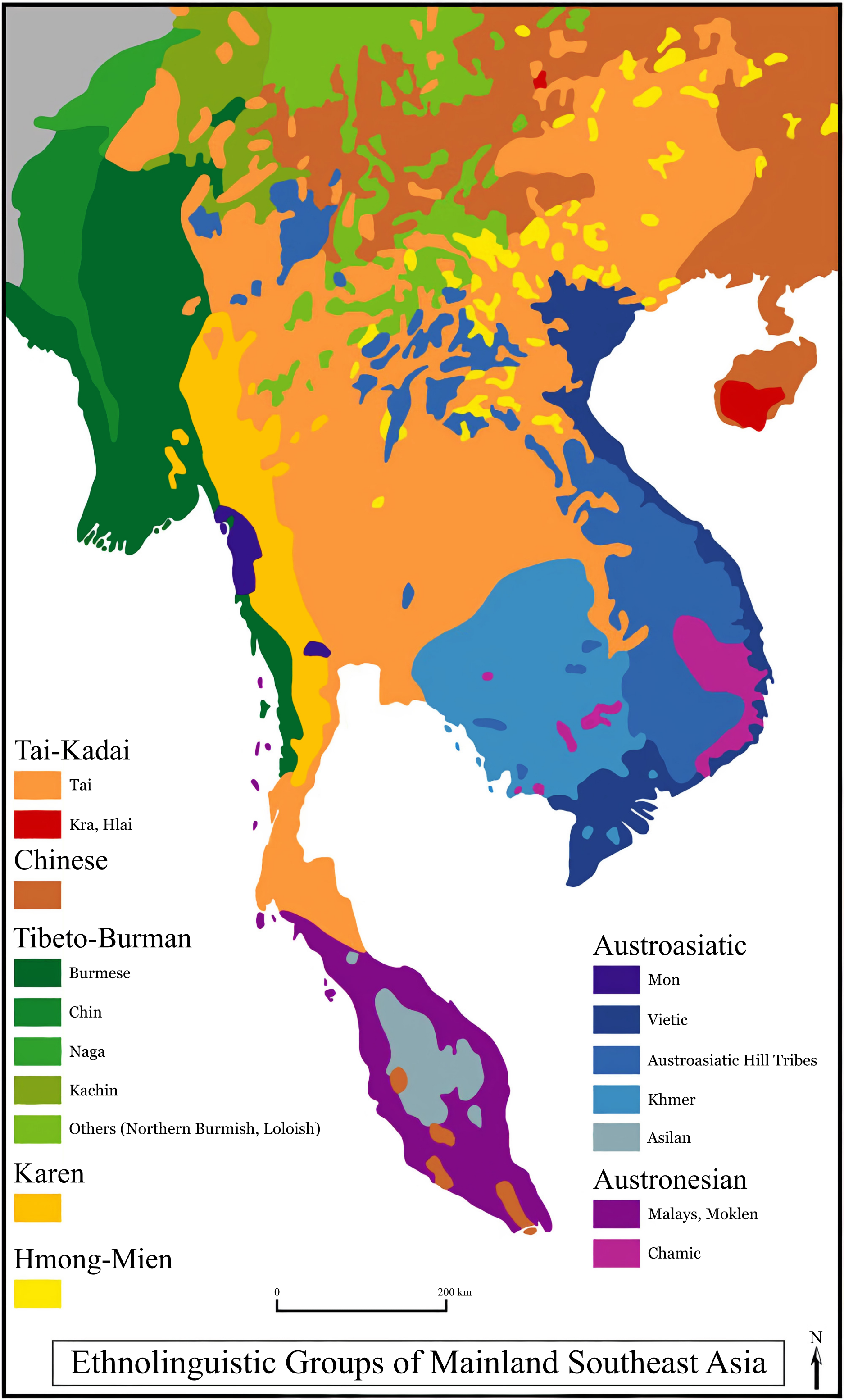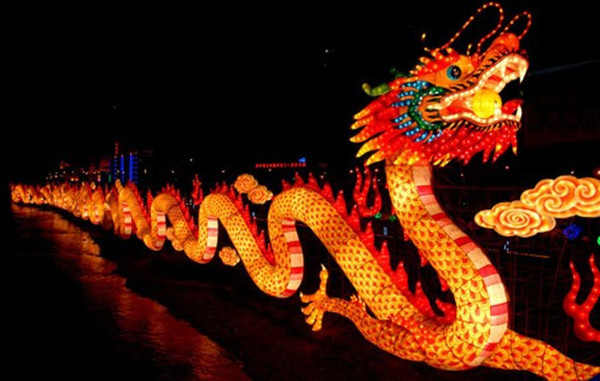|
Sinosphere (linguistics)
The Sinosphere is the Mainland Southeast Asia linguistic area. The linguist James Matisoff coined the term "Sinosphere" in 1990, contrasting with the Indosphere, "I refer to the Chinese and Indian areas of linguistic/cultural influence in Southeast Asia as the 'Sinosphere' and the 'Indosphere'." For Mainland Southeast Asia (MSEA) the term has been glossed as "Sinosphere: a socio-political sphere of MSEA, subsuming those countries, cultures, and languages that have historically come under influence from the politics, culture, religion, and languages of China ."N.J. Areal Linguistics and Mainland Southeast Asia, ''Annual Review of Anthropology'' 2005. 34:181–20/ref> See also *Indosphere *Sinophone *Sinosphere The East Asian cultural sphere, also known as the Sinosphere, the Sinic world, the Sinitic world, the Chinese cultural sphere, the Chinese character sphere encompasses multiple countries in East Asia and Southeast Asia that were historically ... * Sprachbund Referenc ... [...More Info...] [...Related Items...] OR: [Wikipedia] [Google] [Baidu] |
Mainland Southeast Asia Linguistic Area
The Mainland Southeast Asia linguistic area is a sprachbund including languages of the Sino-Tibetan, Hmong–Mien (or Miao–Yao), Kra–Dai, Austronesian and Austroasiatic families spoken in an area stretching from Thailand to China. Neighbouring languages across these families, though presumed unrelated, often have similar typological features, which are believed to have spread by diffusion. James Matisoff referred to this area as the "Sinosphere", contrasted with the "Indosphere", but viewed it as a zone of mutual influence in the ancient period. Language distribution The Austroasiatic languages include Vietnamese and Khmer, as well as many other languages spoken in scattered pockets as far afield as Malaya and eastern India. Most linguists believe that Austroasiatic languages once ranged continuously across southeast Asia and that their scattered distribution today is the result of the subsequent migration of speakers of other language groups from southern China. Chinese ... [...More Info...] [...Related Items...] OR: [Wikipedia] [Google] [Baidu] |
James Matisoff
James Alan Matisoff ( zh, , t=馬蒂索夫, s=马蒂索夫, p=Mǎdìsuǒfū or zh, , t=馬提索夫, s=马提索夫, p=Mǎtísuǒfū; born July 14, 1937) is Professor Emeritus of Linguistics at the University of California, Berkeley. He is a noted authority on Tibeto-Burman languages and other languages of mainland Southeast Asia. Education Matisoff was born July 14, 1937, in Boston, Massachusetts, to a working-class family of Eastern European Jewish origins. His father, a fish seller, was an immigrant from a town near Minsk, Byelorussian SSR (now Belarus). He attended Harvard from 1954 to 1959, where he met his wife, Susan Matisoff, later a scholar of Japanese literature, when the two shared a Japanese class. He received two degrees from Harvard: an A.B. in Romance Languages and Literatures (1958) and an A.M. in French Literature (1959). He then studied Japanese at International Christian University from 1960 to 1961. He did his doctoral studies in Linguistics at the Uni ... [...More Info...] [...Related Items...] OR: [Wikipedia] [Google] [Baidu] |
Indosphere
Indosphere is a term coined by the linguist James Matisoff for areas of Indian linguistic and cultural influence in South Asia and Southeast Asia. It is commonly used in areal linguistics in contrast with Sinosphere. Influence The Tibeto-Burman family of languages, which extends over a huge geographic range, is characterized by great typological diversity, comprising languages that range from the highly tonal, monosyllabic, analytic type with practically no affixational morphology, like the Loloish languages, to marginally tonal or atonal languages with complex systems of verbal agreement morphology, like the Kiranti group of Nepal. This diversity is partly to be explained in terms of areal influences from Chinese on the one hand and Indo-Aryan languages on the other. Matisoff proposed two large and overlapping areas combining cultural and linguistic features – the "Sinosphere" and the "Indosphere", influenced by China and India respectively.Robert M. W. Dixon, Y. Alexandra ... [...More Info...] [...Related Items...] OR: [Wikipedia] [Google] [Baidu] |
Sinophone
Sinophone, which means "Chinese-speaking", typically refers to an individual who speaks at least one variety of the Chinese language. Academic writers often use the term Sinophone in two definitions: either specifically "Chinese-speaking populations where it is a minority language, excluding Mainland China, Hong Kong, Macau, and Taiwan" or generally "Chinese-speaking areas, including where it is an official language". Many authors use the collocation Sinophone world or Chinese-speaking world to mean the Chinese-speaking world itself (consisting of Greater China and Singapore) or the distribution of the Chinese diaspora outside of Greater China. Mandarin Chinese is the most commonly spoken variety of the Chinese language today, with over 1 billion total speakers (approximately 12% of the world population), of which about 900 million are native speakers, making it the most spoken first language in the world and second most spoken overall. It is the official variety of Chinese in ... [...More Info...] [...Related Items...] OR: [Wikipedia] [Google] [Baidu] |
Sinosphere
The East Asian cultural sphere, also known as the Sinosphere, the Sinic world, the Sinitic world, the Chinese cultural sphere, the Chinese character sphere encompasses multiple countries in East Asia and Southeast Asia that were historically influenced by Chinese culture. According to academic consensus, the East Asian cultural sphere is made up of four entities: Greater China, Japan, Korea, and Vietnam. Other definitions sometimes include Mongolia and Singapore, because of limited historical Chinese influences or increasing modern-day Chinese diaspora. The East Asian cultural sphere is not to be confused with the Sinophone world, which includes countries where the Chinese-speaking population is dominant. Imperial China was a regional power and exerted influence on tributary states and neighboring states, among which were Japan, Korea, and Vietnam. These interactions brought ideological and cultural influences rooted in Confucianism, Buddhism, and Taoism. During classical his ... [...More Info...] [...Related Items...] OR: [Wikipedia] [Google] [Baidu] |
Sprachbund
A sprachbund (, lit. "language federation"), also known as a linguistic area, area of linguistic convergence, or diffusion area, is a group of languages that share areal features resulting from geographical proximity and language contact. The languages may be genetically unrelated, or only distantly related, but the sprachbund characteristics might give a false appearance of relatedness. A grouping of languages that share features can only be defined as a sprachbund if the features are shared for some reason other than the genetic history of the languages. Because of this, attempts to classify some language families without knowledge about the history of the languages can lead to misclassification as sprachbunds and similarly some sprachbunds are incorrectly classified as language families. History In a 1904 paper, Jan Baudouin de Courtenay emphasised the need to distinguish between language similarities arising from a genetic relationship (''rodstvo'') and those arising from co ... [...More Info...] [...Related Items...] OR: [Wikipedia] [Google] [Baidu] |
Sino-Tibetan Languages
Sino-Tibetan, also cited as Trans-Himalayan in a few sources, is a family of more than 400 languages, second only to Indo-European in number of native speakers. The vast majority of these are the 1.3 billion native speakers of Chinese languages. Other Sino-Tibetan languages with large numbers of speakers include Burmese (33 million) and the Tibetic languages (6 million). Other languages of the family are spoken in the Himalayas, the Southeast Asian Massif, and the eastern edge of the Tibetan Plateau. Most of these have small speech communities in remote mountain areas, and as such are poorly documented. Several low-level subgroups have been securely reconstructed, but reconstruction of a proto-language for the family as a whole is still at an early stage, so the higher-level structure of Sino-Tibetan remains unclear. Although the family is traditionally presented as divided into Sinitic (i.e. Chinese) and Tibeto-Burman branches, a common origin of the non-Sinitic languages has n ... [...More Info...] [...Related Items...] OR: [Wikipedia] [Google] [Baidu] |


